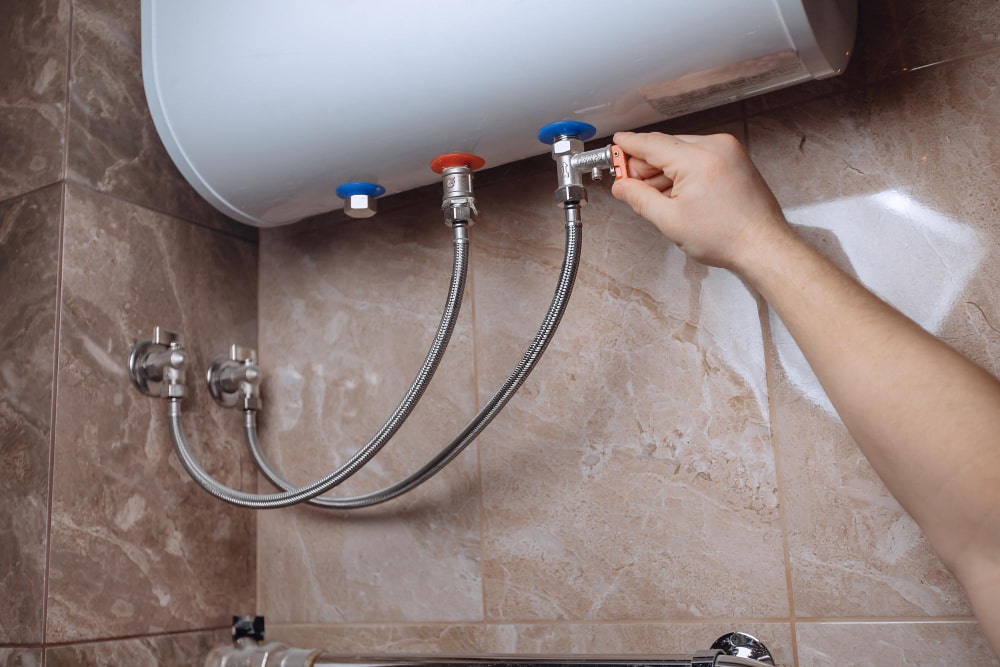The author is making a few good points about Tips on Maintaining a Water Heater as a whole in this great article just below.

Warm water is essential for day-to-day comfort, whether it's for a revitalizing shower or washing recipes. To ensure your warm water system runs efficiently and lasts longer, normal maintenance is key. This short article gives useful pointers and insights on exactly how to keep your home's hot water system to avoid interruptions and pricey repair work.
Intro
Keeping your home's hot water system could seem daunting, yet with a couple of easy steps, you can ensure it runs smoothly for many years to come. This overview covers every little thing from recognizing your warm water system to do it yourself maintenance ideas and knowing when to employ professional help.
Value of Keeping Your Warm Water System
Normal maintenance not only prolongs the life expectancy of your warm water system yet also guarantees it runs efficiently. Overlooking upkeep can bring about decreased effectiveness, higher power costs, and even premature failure of the system.
Indications Your Hot Water System Demands Upkeep
Knowing when your hot water system needs attention can prevent major issues. Look out for indicators such as irregular water temperature level, weird sounds from the heating system, or corroded water.
Flushing the Water Heater
Purging your hot water heater eliminates debris accumulation, enhancing effectiveness and extending its life.
Checking and Changing Anode Rods
Anode poles stop rust inside the storage tank. Checking and replacing them when worn out is important.
Facility Issues Needing Expert Help
Examples consist of significant leaks, electric issues, or if your water heater is regularly underperforming.
Routine Specialist Upkeep Perks
Expert upkeep can include complete assessments, tune-ups, and making sure compliance with safety standards.
Inspecting and Adjusting Temperature Setups
Changing the temperature setups makes sure optimal efficiency and safety.
Do It Yourself Tips for Maintenance
You can perform numerous maintenance jobs on your own to keep your hot water system in leading condition.
Looking for Leaks
Frequently inspect pipelines and connections for leaks, as these can bring about water damage and greater bills.
Recognizing Your Hot Water System
Prior to diving into maintenance jobs, it's useful to comprehend the basic elements of your hot water system. Generally, this consists of the hot water heater itself, pipelines, anode poles, and temperature controls.
Monthly Maintenance Tasks
Normal monthly checks can aid catch small issues prior to they rise.
Evaluating Stress Relief Valves
Checking the stress relief valve guarantees it functions appropriately and avoids too much pressure accumulation.
Shielding Pipes
Shielding hot water pipes reduces warm loss and can conserve energy.
When to Call an Expert
While do it yourself upkeep is useful, some concerns need specialist knowledge.
Verdict
Regular maintenance of your home's hot water system is crucial for efficiency, long life, and cost savings. By complying with these pointers and recognizing when to seek expert assistance, you can make certain a reputable supply of warm water without unanticipated disruptions.
How to Maintain an Instant Hot Water Heater
Before tinkering with your hot water heater, make sure that it’s not powered on. You also have to turn off the main circuit breaker and shut off the main gas line to prevent accidents. Also turn off the water valves connected to your unit to prevent water from flowing into and out of the appliance. 2. When you’re done, you have to detach the purge valves’ caps. These look like the letter “T†and are situated on either side of the water valves. Doing so will release any pressure that has accumulated inside the valves while at the same time avoid hot water from shooting out and burning your skin. 3. When the purge valves’ caps are removed, you have to connect your hosing lines to the valves. Your unit should have come with three hoses but if it didn’t, you can purchase these things from any hardware or home repair shops. You can also get them from retail stores that sell water heating systems. Read the user’s manual and follow it to complete this task properly. When the hosing lines are connected, open the purge port’s valves. 4. You should never use harsh chemical cleaners or solutions when cleaning your unit. Make use of white vinegar instead. It should be undiluted and you’ll probably use about 2 gallons. 5. Now flush your water heater. This task should probably take about 40 minutes. We can’t give you specific directions for this because the procedure is carried out depending on the type, model and brand of your heater. With that being said, refer to the user’s manual. 6. When you’re done draining the unit, you have to turn off the purge port valves again. Remove the hosing lines that you earlier installed on each of the water valves. Put the valve caps (purge port) back in their respective places and be very careful so as not to damage the rubber discs that are found inside these caps. 7. Now that everything’s back in place, check your user’s manual again to find out how to reactivate your water heating system. 8. Once it is working, turn one of your hot water faucets on just to let air pass through the heater’s water supply pipes. Leave the tap on until water flows smoothly out of it. https://www.orrplumbing.com/blog/2014/september/how-to-maintain-an-instant-hot-water-heater/

We hope you enjoyed reading our section on Tips For Maintaining Your Hot Water Heater. Thank you so much for finding the time to read through our piece. Appreciated our piece? Please share it. Help others locate it. Thanks for taking the time to read it.
This Page